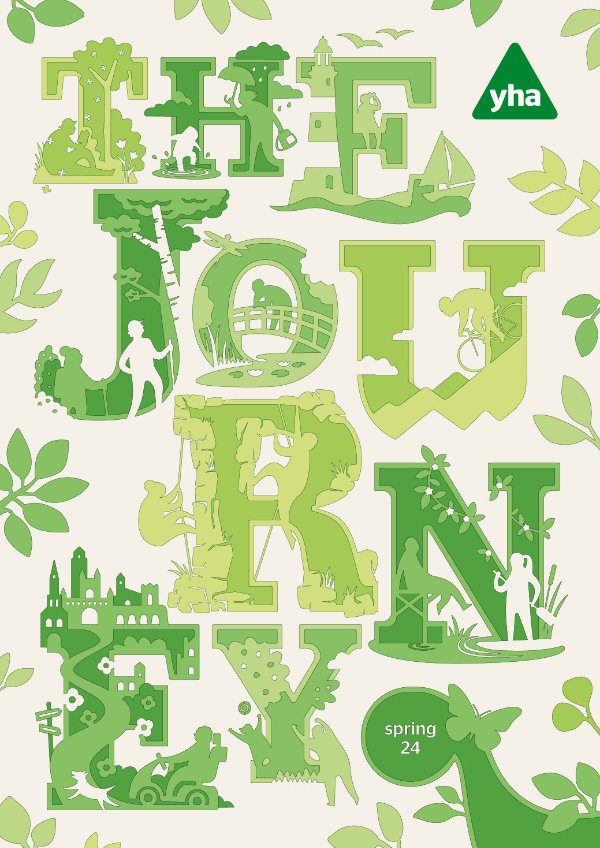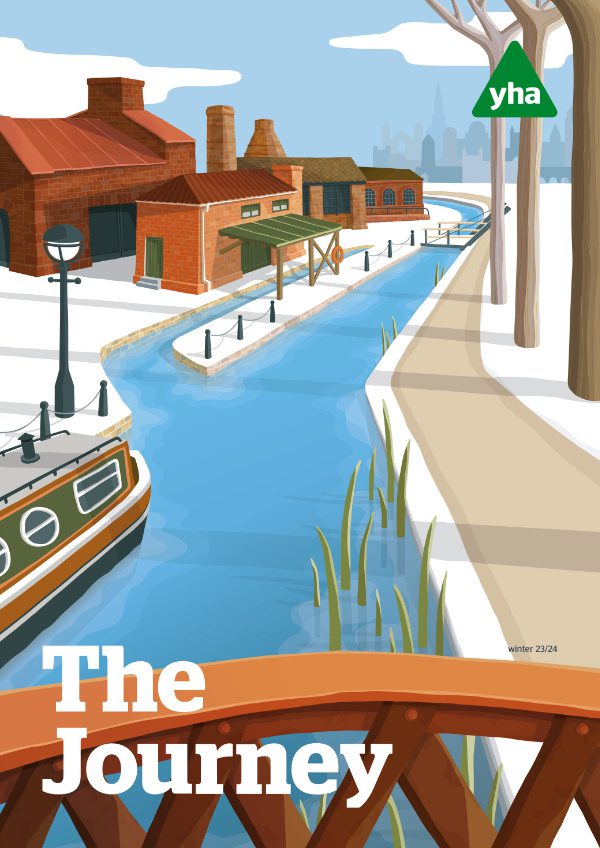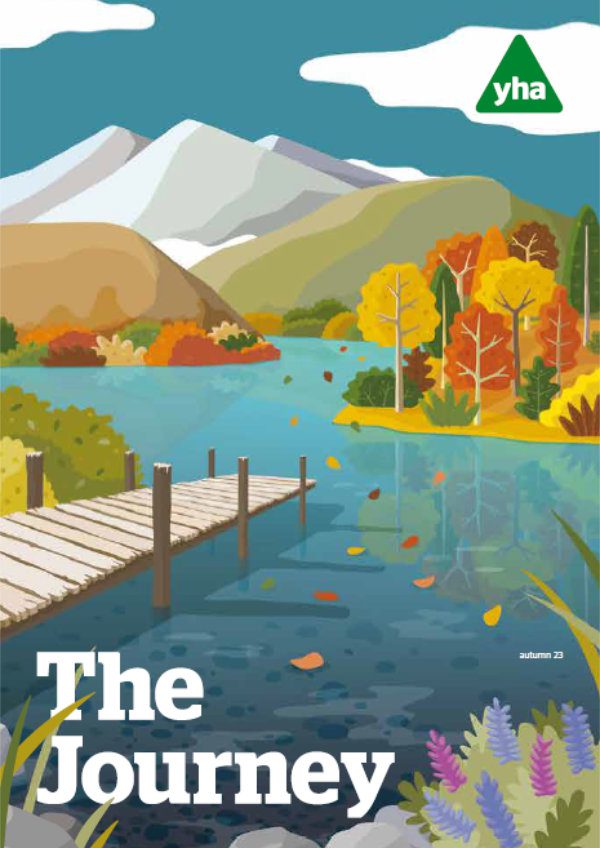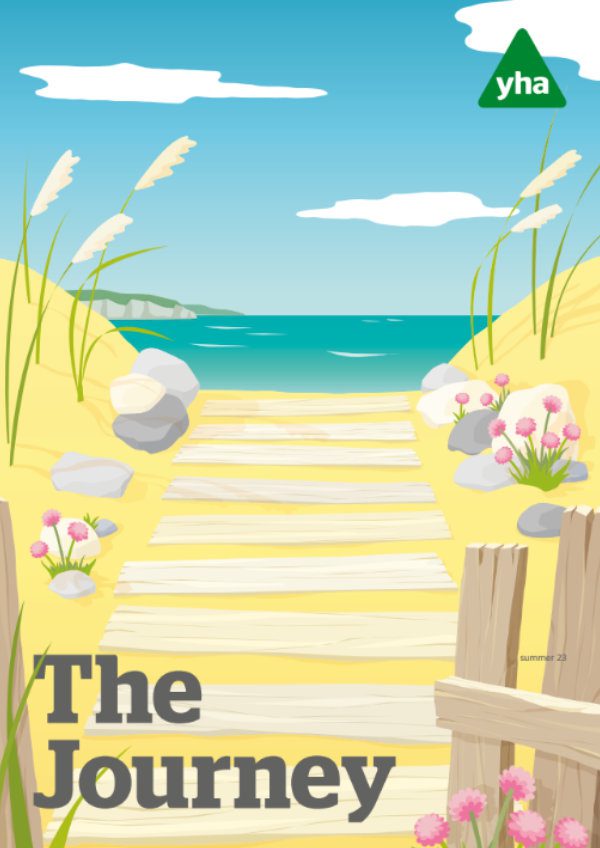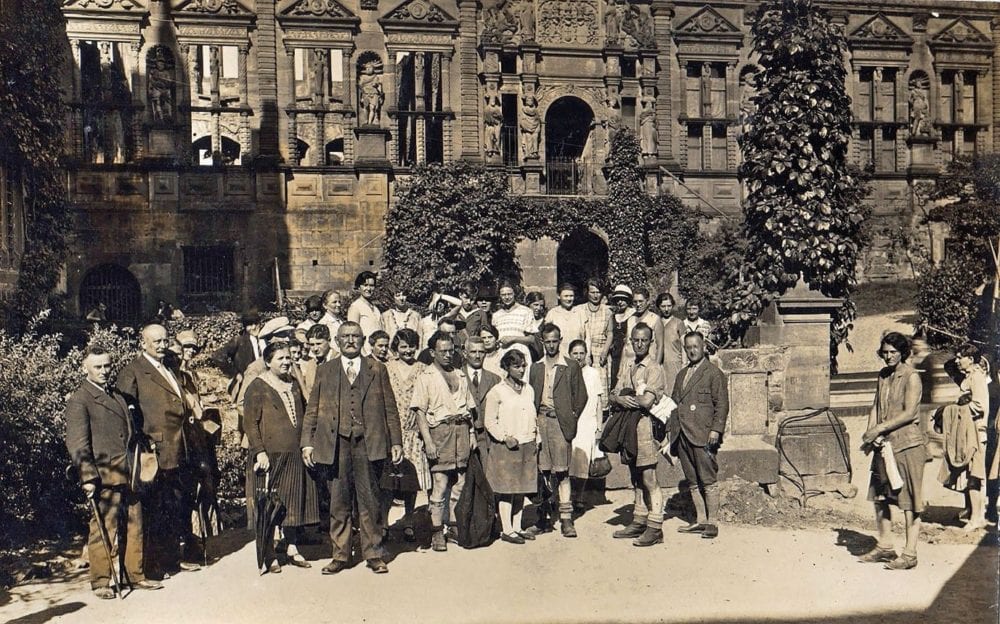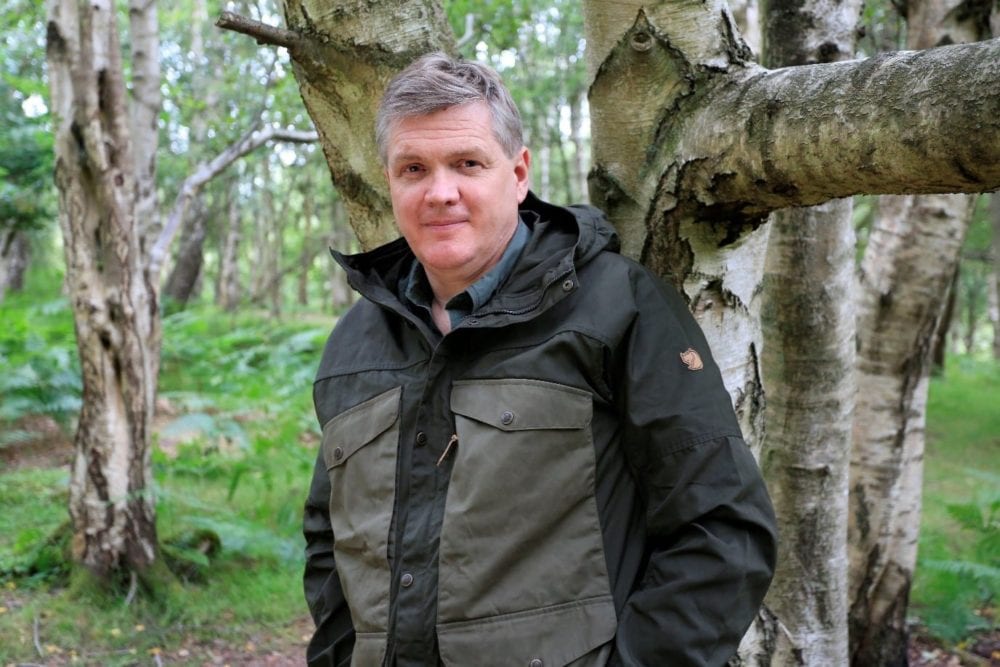Set yourself a challenge for 2021 and tick 21 amazing adventures off your list…
1. Find the county’s highest point
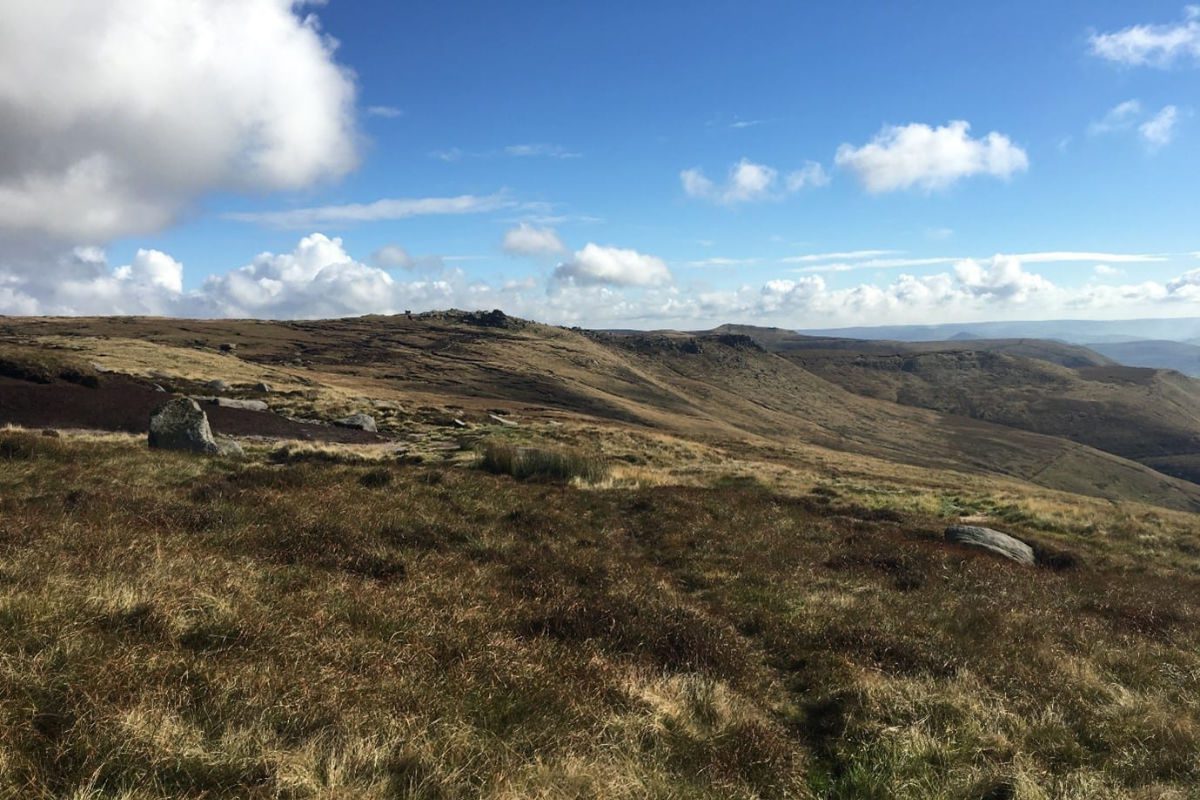
Wherever you find yourself this year, turn it into a little treasure hunt by reaching the highest point of the county you’re in.
If you’re in Cumbria, that means climbing Scafell Pike, at 978m. In Derbyshire, it means navigating the 636m Kinder Scout. And if you’re not in such lofty counties, the chances are you’ll be given an excuse to visit somewhere not usually on the agenda.
In Buckinghamshire, the county top (as they’re known) is Haddington Hill in the Chilterns. In Norfolk, it’s Beacon Hill. And the lowest ceremonial county top? High Holborn in London. Still worth a visit… but do make sure you’re not in someone’s backyard!
2. Plunge into wild swimming
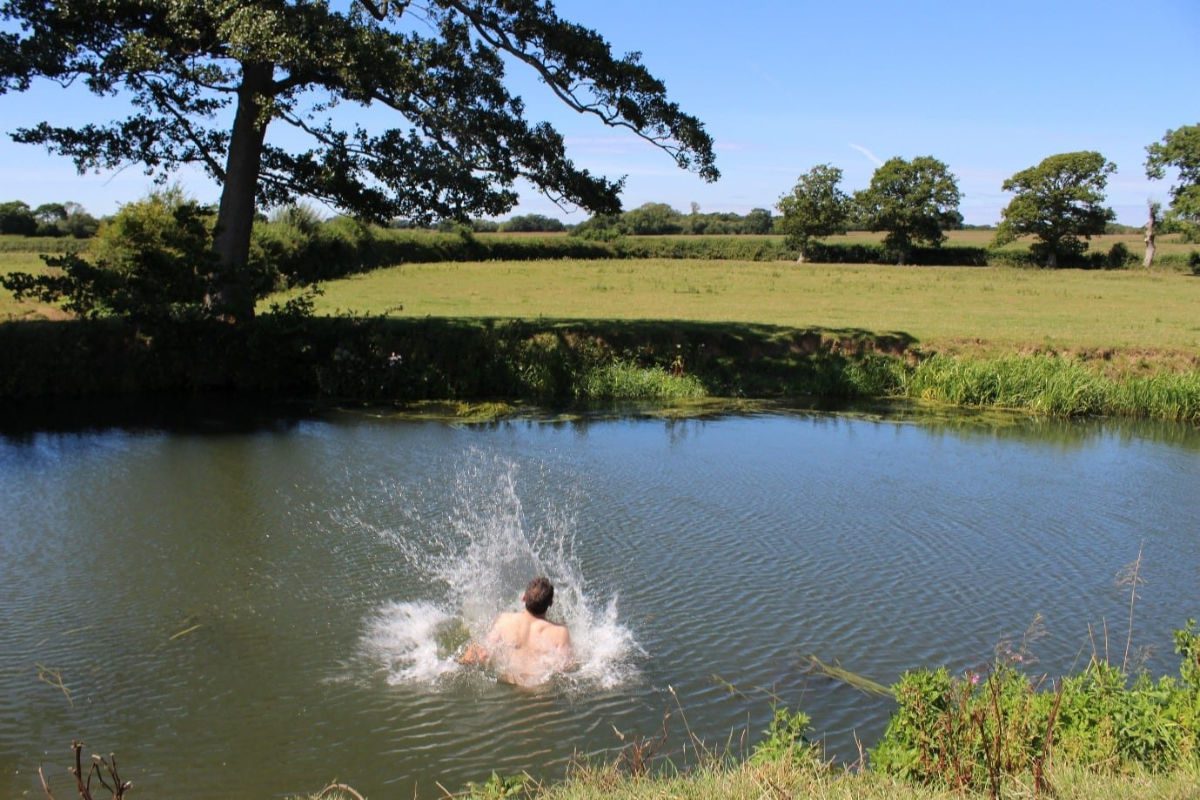
Or as it used to be known… swimming. Whether it’s Hampstead Waters on Hampstead Heath, a dip in the Thames near Oxford, or a hidden cove on Anglesey, the options for wild swimming are endless.
Once you take that first plunge, chances are you’ll be hooked, obsessing over Ordnance Survey maps for little splodges of blue, linking up walks and persuading friends that actually, once you take the first dip it’s a doddle. Wild swimmers become evangelists and with good reason: this is a soulful pursuit. The Wild Swimming book series by Wild Things Publishing is a fantastic place to start. You’ll find a spot near almost all of our hostels!
3. Join a pilgrimage

Eh? Join a what? Even if you put your religion down as Jedi Knight in the last census, delving into the remarkable history of pilgrim routes across England and Wales leads you to new places. You’ll be following ancient footpaths across the country.
The Saint’s Way in Cornwall follows a route from north to south, thought to have been where pilgrims from Ireland and Wales trod before crossing to France. Elsewhere, thousands of pilgrims a year used to hike to Bardsey Island, known as the Island of 20,000 Saints, off the Llŷn Peninsula, while the classic Pilgrim’s Way covers a saintly 119 miles between Canterbury and Winchester.
4. Brush up on your map reading skills

There’s never an excuse not to keep practising your map and compass skills, whether you’re navigating the centre of a town, plotting bearings across the local parks or exploring some of the wildest places in the UK. They’re skills that need to be exercised, and should become second nature (especially if you find yourself in the middle of remote moorland!).
The Ordnance Survey website is a great place to start, explaining the basics simply and practically. Better still, why not join one of the friendly events run by British Orienteering, or perhaps take a map and compass reading course at the National Mountain Centre at Plas y Brenin, in Eryri (Snowdonia)?
5. Explore London’s lesser-known boroughs

Trips to London understandably tend to focus on the big hitters: Kensington’s museums, South Bank, Covent Garden, and so on. Once you’ve had a few visits, however, make sure you take time to explore some of the fantastic sights in other parts of the capital.
YHA London Thameside is the perfect base for a weekend uncovering the industrial history (and rather good pubs) of Docklands, the formidable maritime legacy of Greenwich and the boutiques and craft breweries of Bermondsey. Alternatively, take a clipper boat along the Thames, or walk the Thames Path National Trail (all the way to Oxford if you like!).
6. Make a hostel-to-hostel walk

Trips to London understandably tend to focus on the big hitters: Kensington’s museums, the South Bank, Covent Garden, and so on. Once you’ve had a few visits, however, make sure you take time to explore some of the fantastic sights in other parts of the capital. YHA London Thameside is the perfect base for a weekend uncovering the industrial history (and rather good pubs) of Docklands, the formidable maritime legacy of Greenwich and the boutiques and craft breweries of Bermondsey. Alternatively, take a clipper boat along the Thames, or walk the Thames Path National Trail (all the way to Oxford if you like!).
7. Charge up the e-bike
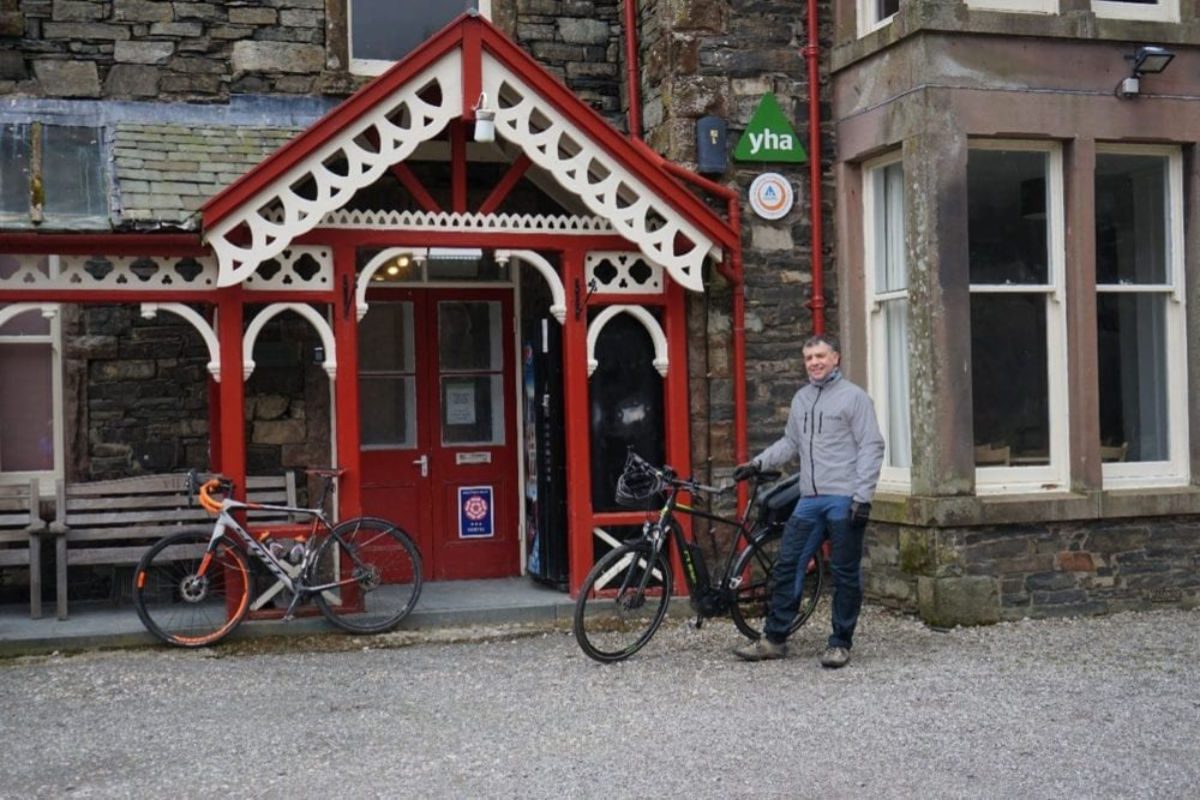
The popularity of electric bikes is exploding, and with good reason: it’s an egalitarian sport that opens up vast swathes of the countryside to mere mortals. No longer do you need to be clad in Lycra and the owner of a carbon seat post to head up some of Yorkshire’s highest passes; instead a safety helmet and a little touch of technology is all you need to enjoy the freedom of cycling. Most places that hire bikes will have electric options, and our staff in hostels will be able to point you to the most reputable places. Many of our hostels have safe places and maintenance stations for bikes, too.
8. Fundraise for a better future
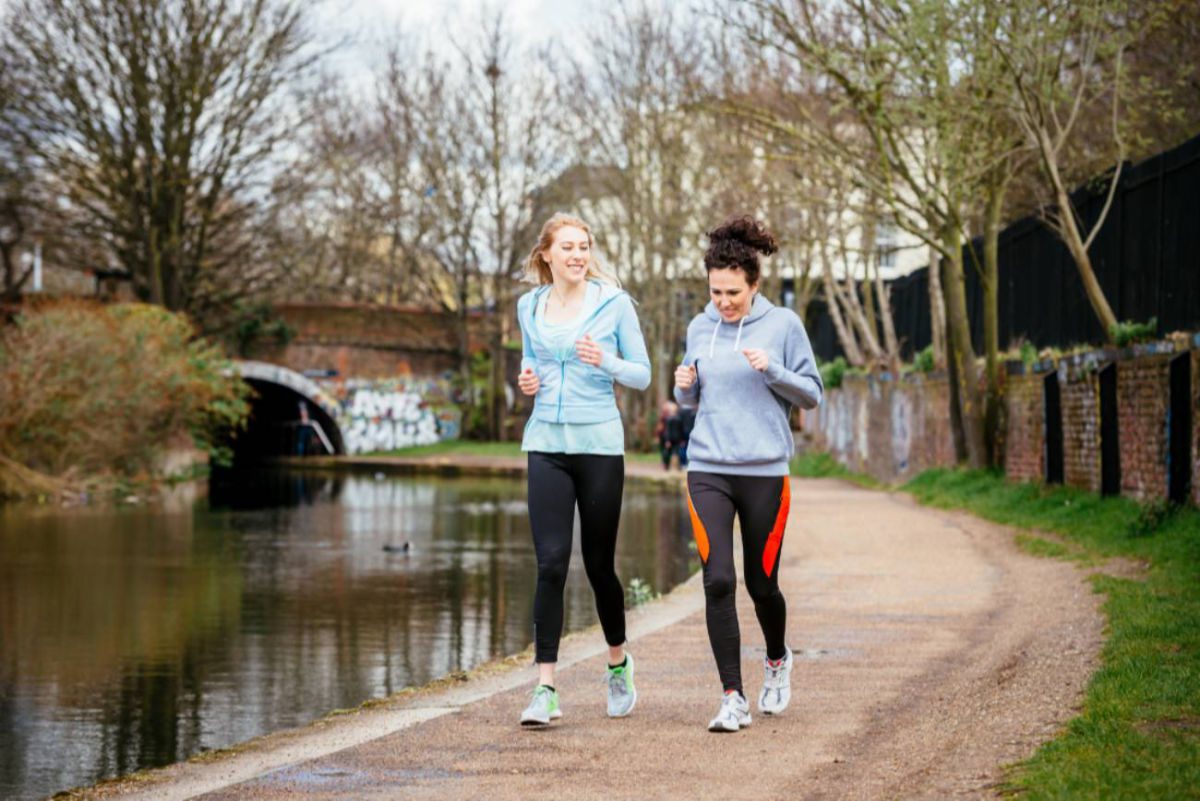
One in four children in England and Wales live in poverty, 800,000 young people live with a disability or a life-threatening illness, 178,000 young children are carers, and 100,000 children don’t have their own homes to live in.
YHA exists to improve the health and wellbeing of all we serve – but especially young people with challenging lives. Now, more than ever, we need your help. As there are more people that need ours. You can actively fundraise at challenge events, donate directly, or raise money in your own way to help the lives of these young people. Find out how you can help today.
9. Read up on nature writing

We can’t always be outside, so when a cup of tea and a good book is called for, why not pick up some of the best nature writing around? We’ve asked around, to share a few team recommendations to add to your reading list.
Waterlog by Roger Deakin is one of the all-time classic nature books. It’s a memoir of sorts based around Deakin’s love of swimming in wild places. His Wildwood book about trees is similarly spectacular. Jessica J Lee is an environmental historian and nature writer whose books Turning: A Swimming Memoir and Two Trees Make a Forest: On Memory, Migration and Taiwan offer an unexpected twist on the genre.
Meanwhile, Robert Macfarlane’s near-peerless books take you on literary journeys through the countryside – or even, with his book Underland: A Deep Time Journey, underneath it. And one of his favourite authors will also become yours: Nan Shepherd. Her book The Living Mountain is one of the most outstanding books about mountains ever written.
10. Take on a new 220-mile bicycle route

A brand new cycling route has been launched by Cycling UK. The off-road route follows the King Alfred’s Way, a circular route that connects the North Downs Way, the South Downs Way, Ridgeway and Thames Path National Trails. The Cycling UK charity has spent three years bringing it together and launched in August 2020.
Sophie Gordon, the Cycling UK campaigns officer behind the creation of King Alfred’s Way, said: “There’s no need to fly or, for many, even travel far for a challenging trip. King Alfred’s Way is 220 miles of literal ups and downs looping through a quintessential southern England made up of thatched cottages, Iron Age hill forts and stone circles.”
11. Take over a whole hostel
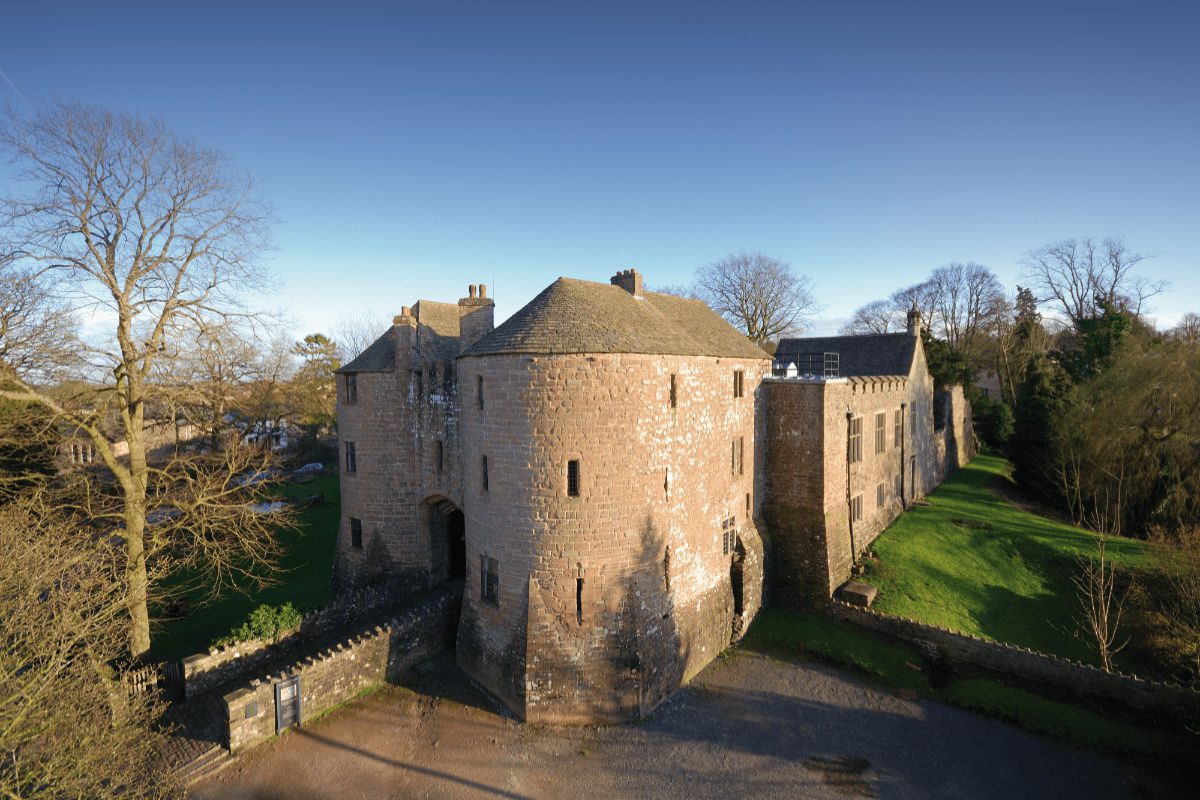
Do you fancy being the king or queen of your own castle? YHA St Briavels Castle, an 800-year-old castle, is just one of many of our hostels available for YHA Exclusive Hire. It has eight bedrooms, with space for up to 50 guests. Ghosts stay for free. But it’s not just castles.
We also have barns and farmhouses, cabins and lodges, cottages and mansions, a former army base, a converted mill and a shooting lodge. Some are teeny with just a few bedrooms and some are, well, significantly bigger. Whether it’s in the Lake District or Eryri (Snowdonia), Dartmoor or Sussex, you’ll find somewhere wherever you want to explore. Many properties have amenities for babies and children, and most accept dogs too.
12. Bikepack Britain

Bikepacking is one of the fastest-growing activities in the UK. And no wonder. Imagine the liberation of packing what you need into a pannier and setting out to explore the country. It’s complete freedom. Staying in youth hostels along the way also means there’s no need to pack a tent, sleeping bags, sleeping mats… we could go on. The National Cycle Network is a great way to plan safe routes around Britain, and many pass close to our hostels. With a good bike and a judiciously packed bit of luggage, you can freewheel somewhere completely new.
13. Take a slow journey

Slowing down. It’s something most of us have been forced to do recently. So why not take that outlook into your holidays? A slow journey is one that allows you to focus on your trip in a deeper way. Pick a hostel and use that as a base to discover every inch of the nearby area. It encourages a focus on the minutiae: the birdlife that swoops into view on a gentle stroll, the passing glimpse of a vole or stoat, the subtle rhythms of the changing seasons, the chance to stop and chat to another walker or cyclist, the wet afternoon lingering in the pub playing Trivial Pursuit. In short, the English and Welsh countryside could have been designed for slow travel.
14. Bag some new peaks
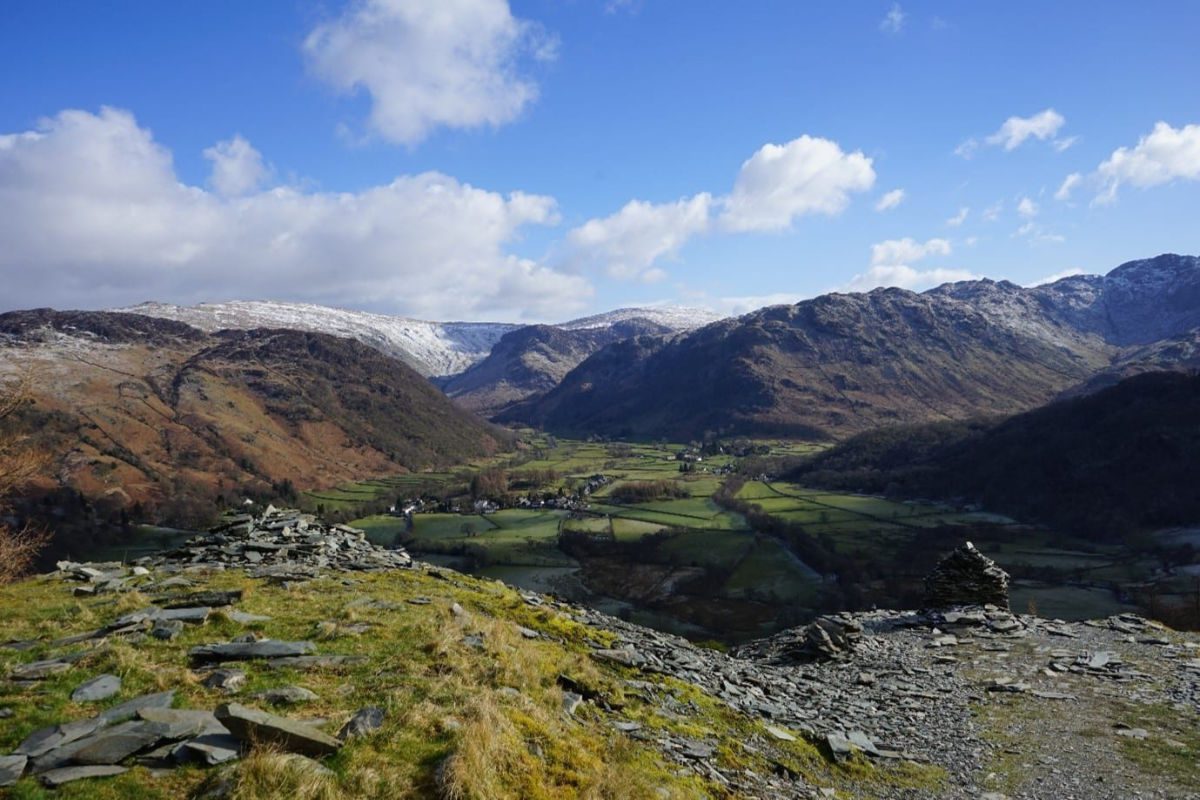
You’ve heard of the Scottish Munros and the Lake District’s 214 Wainwrights – as described in Alfred Wainwright’s Pictorial Guide to the Lakeland Fells – but how about the Birketts, some 514 hills in the Lake District National Park over 100ft? Or the Hundred and upwards Metre Prominence, the Simms (mountains on the British Isles over 600m), the Hewitts (hills in England, Wales and Ireland over two thousand feet, or the Nuttalls (mountains in England and Wales that are over 2,000ft with a relative height of at least 49ft)?
Oh, and then there’s the Deweys, the Dodds and the Hardys. See them as frameworks to explore the countryside… or perhaps make up your own. How about the YHAs – the mountains you can reach within five miles of our hostels!?
15. Visit a rewilding project
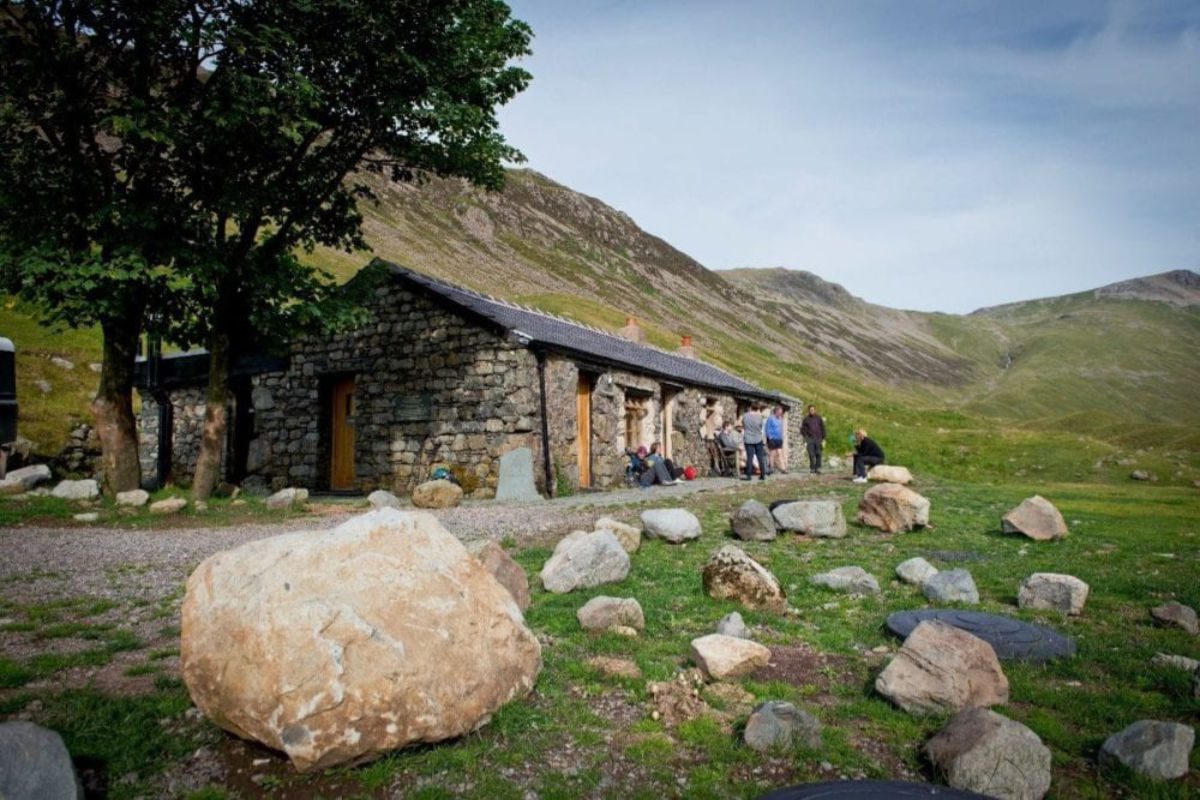
Ennerdale, with YHA Black Sail at its heart, is currently undergoing a significant rewilding project. No, we’re not seeing the reintroduction of wolves and black bears to the Lake District fells, but instead the balance of nature taking its own course through the valley. For more than a decade, Ennerdale has mainly been left alone, with only minimal intervention, and it has resulted in a more diverse landscape. Native broadleaved trees are extending, for example.
In mid-Wales, Cambrian Wildwood is restoring natural habitats and overseeing the return of native animals, including the pine marten and red squirrel. It’s hoped the beaver and wild boar will also be reintroduced. Elsewhere, the Knepp Castle Estate in West Sussex has been intensively farmed since the Second World War, but rewilding has seen excellent results in biodiversity.
16. Discover our cabins…
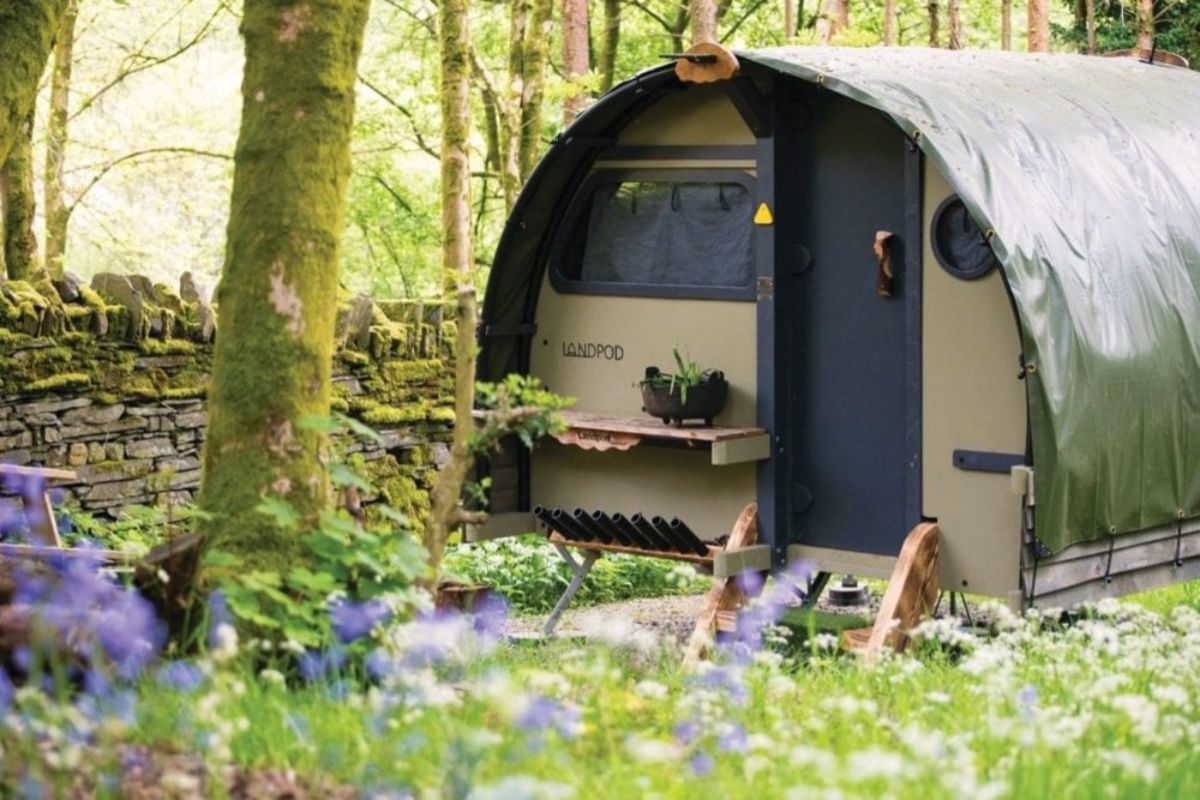
… and our camping pods and tipis, our safari tents and shepherd’s huts, our chalets, bell tents and Landpods. Check out all our glamping options.
What’s a Landpod, you say? This is camping for people who don’t like roughing it. Each pod sleeps four, on double mattresses and futons. They’re wonderfully cosy and protected against the elements – and you can still use the hostel facilities. Our deluxe cabins, meanwhile, offer well-insulated cosy stays. You’ll also find tipis at our properties in the Lake District, and bell tents across the network.
17. Take to the river
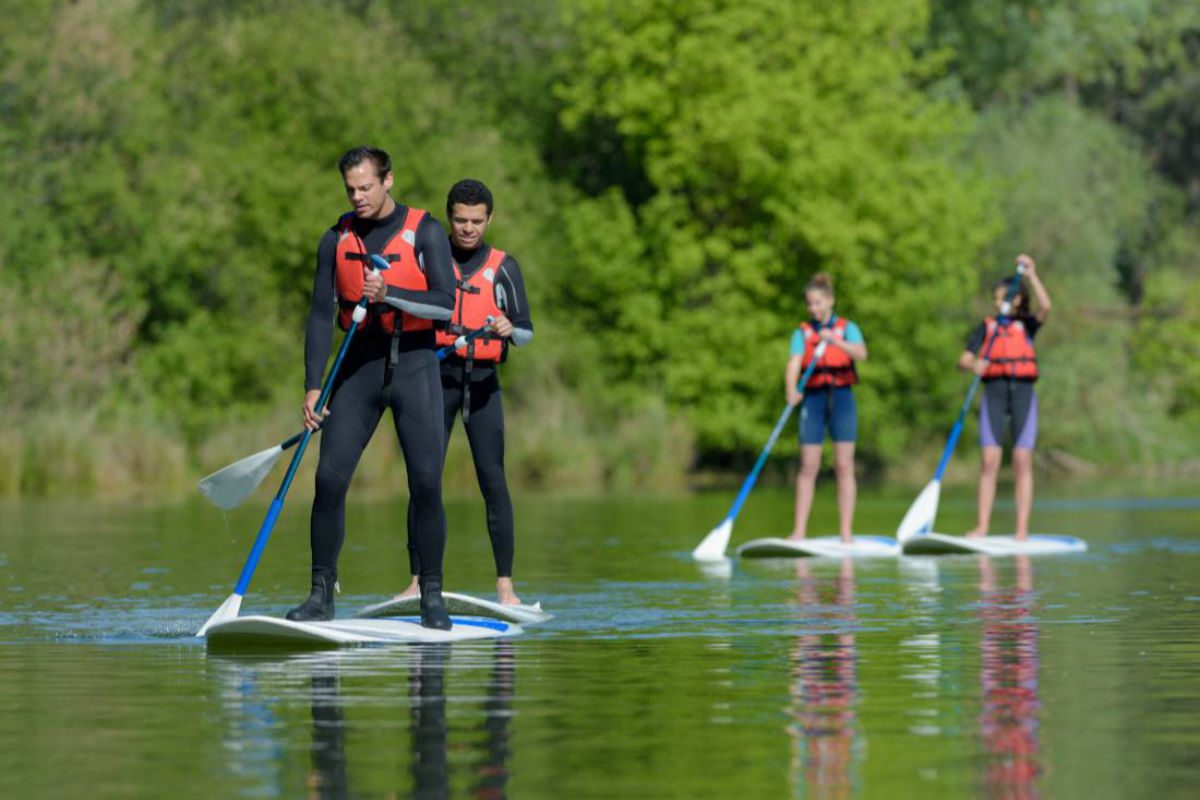
After years spent poring over Ordnance Survey maps plotting routes along footpaths and bridleways, maybe it’s time to start following the blue lines. Whether it’s by kayak, canoe or stand-up paddleboard, exploring the rivers and canals of England and Wales offers a whole new angle to the countryside, as well as its towns and villages. The superb Canal and River Trust has a wealth of information on the best places to go, how to start on the river, and even where to go for riverside walks.
18. Fall for a tree
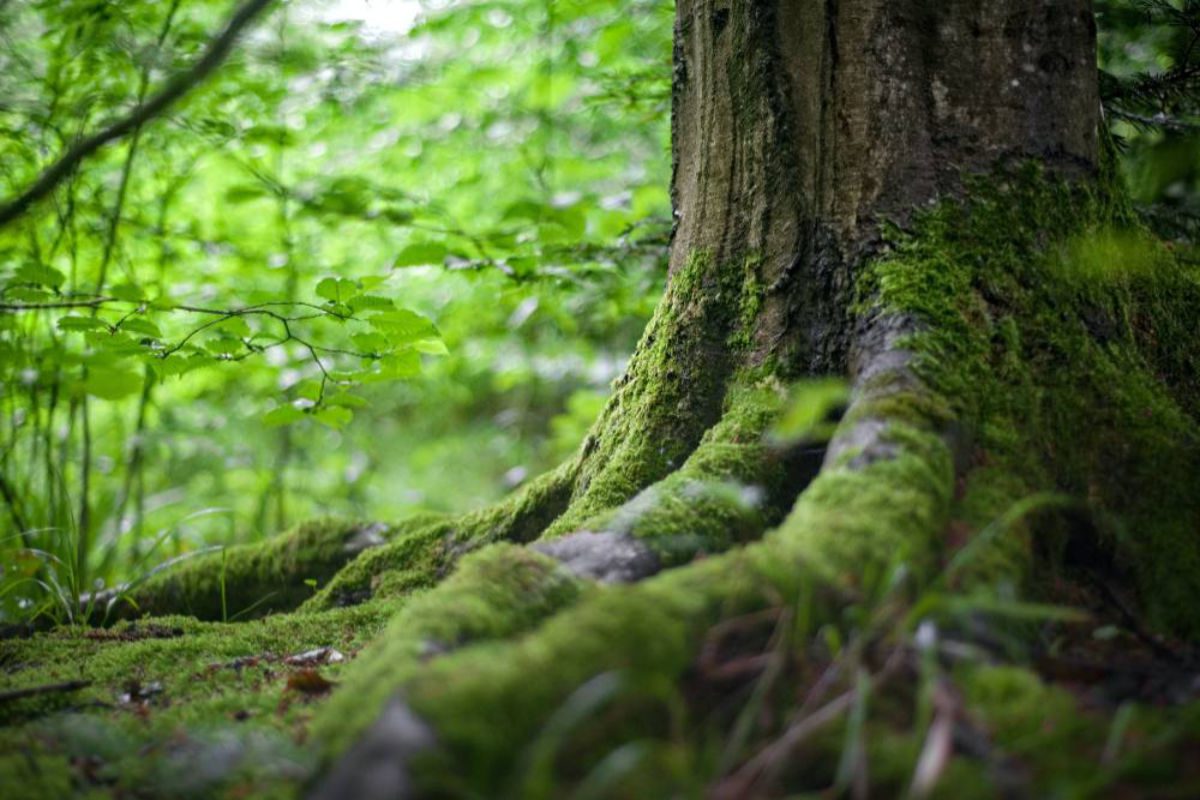
We’re only just discovering the secret life of trees. Recent research into the ‘wood wide web’ has revealed more about the underground network of roots, fungi and bacteria that helps trees to help one another. Mycorrhizal fungi has a symbiotic relationship with plants, including trees: if one is ill, other trees are able to share sugars and even warn of danger.
The National Trust’s book Britain’s Tree Story: The history and legends of Britain’s ancient trees showcase some of the country’s most famous and remarkable trees, all free to visit. The Druid’s Grove near Dorking, Surrey, has trees dating back 3,000 years which were almost certainly used for pagan ritual, while the Poem Tree in Oxfordshire still bears the inscription by Joseph Tubb from 1844/45. It starts: “As up the hill with labr’ ing steps we tread / Where the twin Clumps their sheltering branches spread”.
19. Scramble a mountain
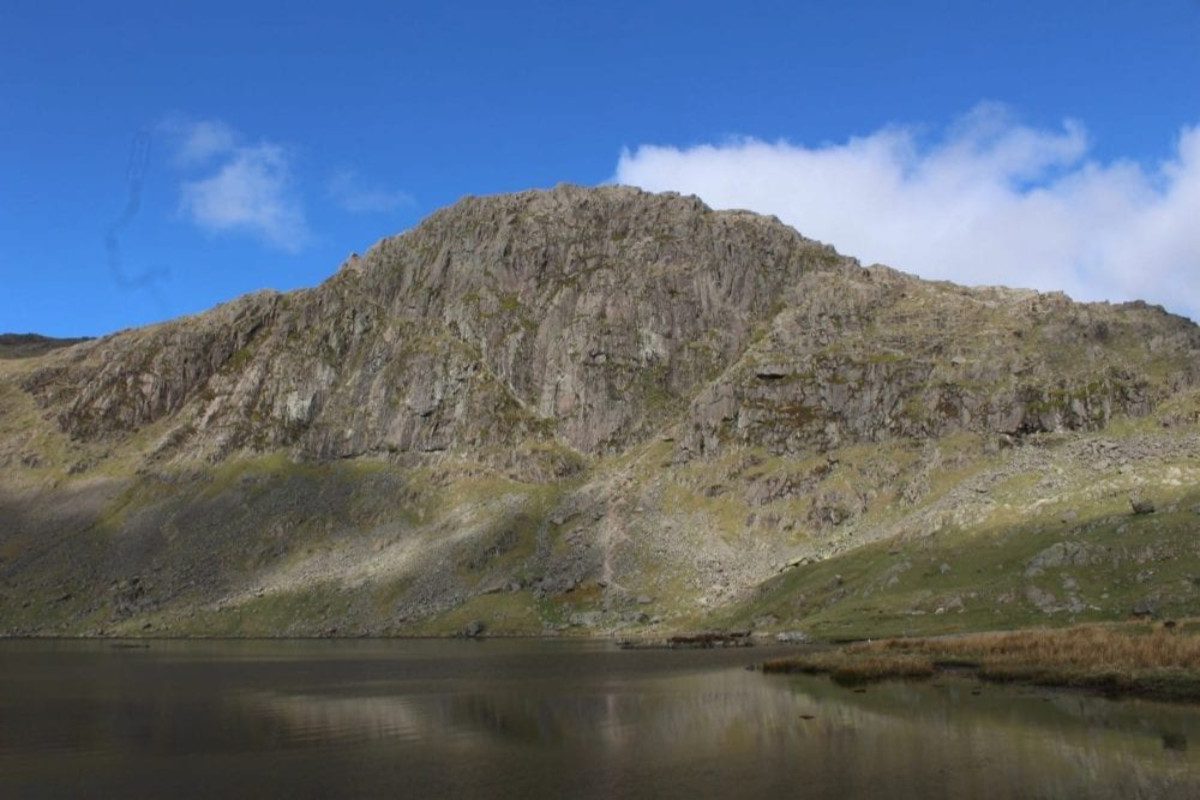
Scrambling is an activity that falls somewhere between hillwalking and climbing. It is often an imposing pastime for the uninitiated, but with a little guidance from an expert, it’s an exhilarating way to explore the uplands of England and Wales. In The Lake District (Jack’s Rake is pictured), Peak District and Eryri (Snowdonia), there are dozens of scrambling routes, all graded one to three. One is the easiest, with the use of a rope unlikely, but that doesn’t take into account exposure. Yr Wyddfa (Snowdon)’s knife-edge Crib Goch ridge is a Grade 1 scramble, though it’s not for the faint-hearted. There are plenty of guides in these areas who will safely take you into the mountains to learn the ropes (or not) of scrambling.
20. Learn your outdoor first aid
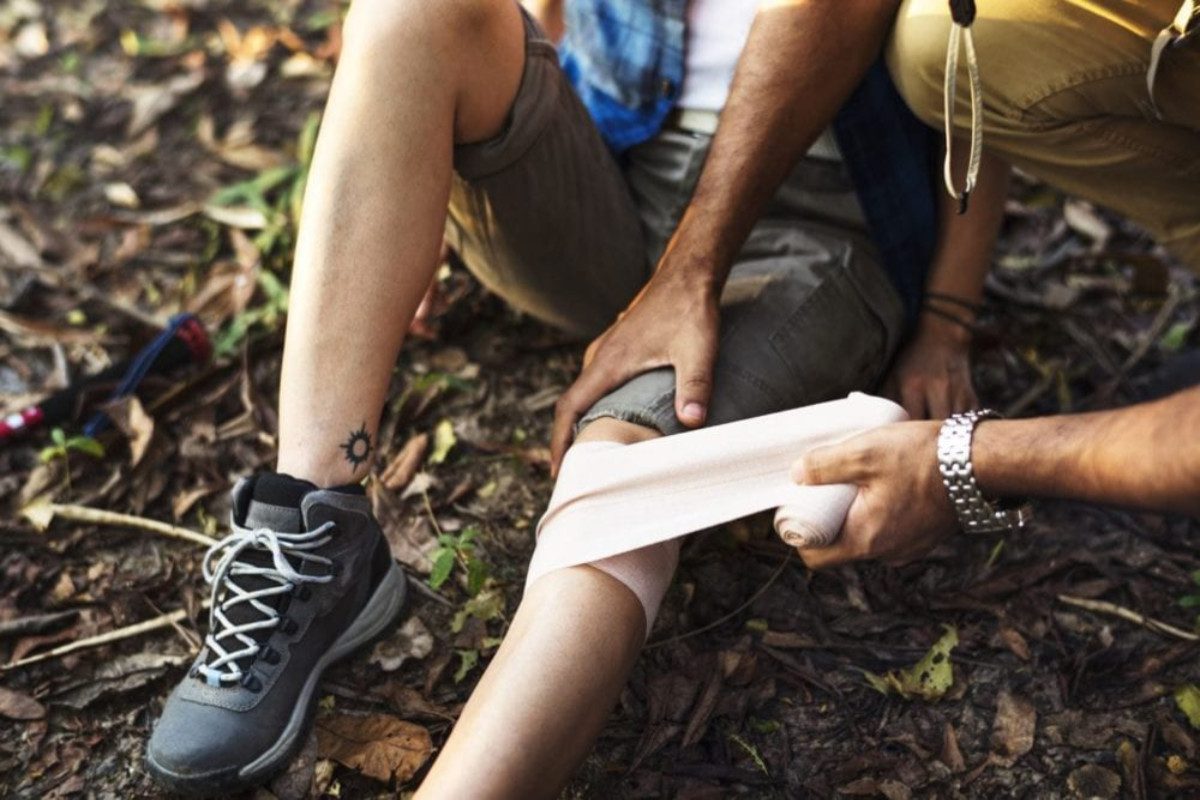
Now’s the time! There are dozens of outdoor first aid courses on offer across the country, and often at a great price. The outdoor first aid course covers all sorts of issues that people can encounter in remote areas. By the end of it, you’ll be confident dealing with bites and stings, dressing wounds and improvising a sling, and you’ll learn what to do when an incident’s particularly serious, to assist the rescue teams. And believe it or not, a first aid course can also be a pretty fun day or two out.
21. Plot a pub walk
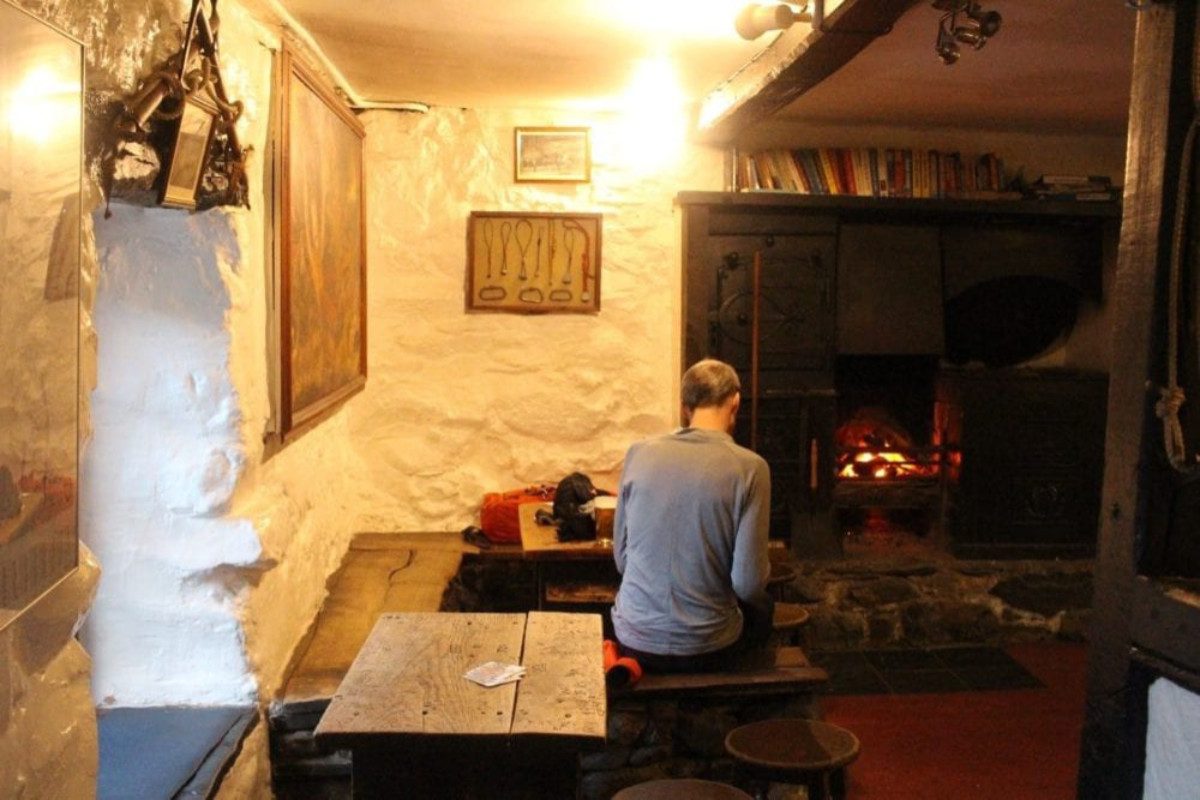
There is little more satisfying than a well-earned pint at the end of an arduous walk. In the winter, with a fire’s blaze flickering in your glass, it’s one of life’s great pleasures. Our countryside is filled with old pubs and coaching inns, some dating back centuries. Others have formed part of our mountain culture, becoming a focal point for climbers and explorers over the years.
YHA Snowdon Pen-y-Pass, a former pub and hotel, even saw George Mallory and other mountaineering heroes grace its rooms. In the Lake District, try the Old Dungeon Ghyll in Langdale, or the Wasdale Head Inn. The latter is a pub with the convincing claim of being the birthplace of English climbing.
